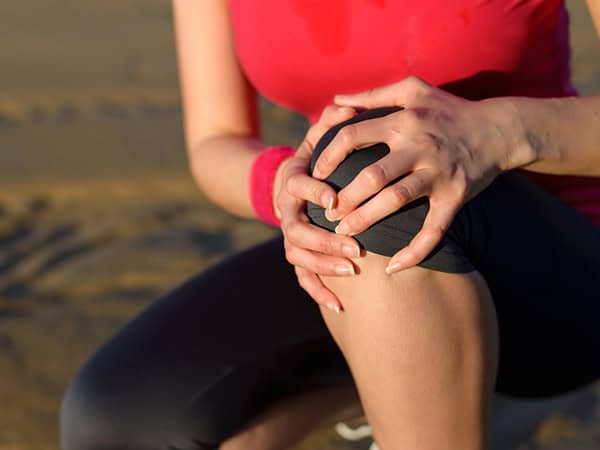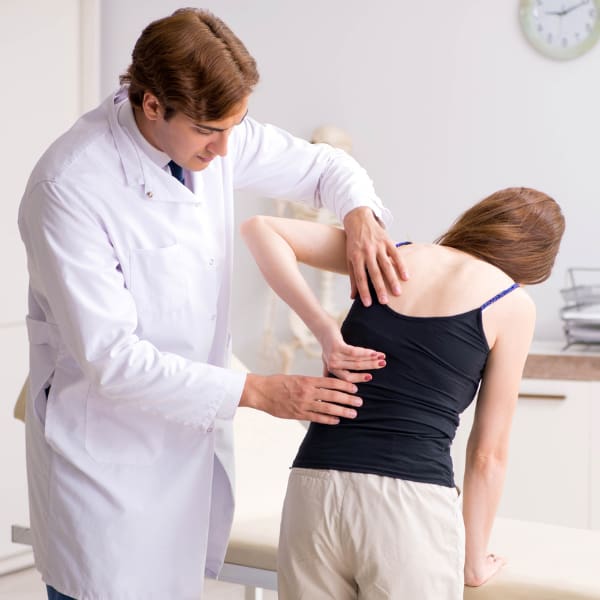When you hit the road on your bike, comfort is key to enjoying your ride and avoiding injuries. You might not realize how critical proper bike fit and posture are to your overall performance. Adjusting your saddle height and maintaining a relaxed grip on the handlebars can make a significant difference. But it doesn't stop there; incorporating specific warm-up routines and stretches can further enhance your experience. Curious about how these adjustments can impact your rides? Let's explore the essential chiropractor tips that could transform your cycling comfort.
Importance of Proper Bike Fit
When you ride, a proper bike fit can make all the difference between comfort and pain. If your bike isn't fitted to your body, you may experience discomfort, fatigue, or even injury.
Start by adjusting the saddle height; it should allow your leg to extend comfortably while pedaling, ensuring ideal force transfer. If it's too high or low, you risk knee strain or lower back pain.
Next, focus on saddle position. The saddle should be level and positioned correctly to support your pelvis while keeping your knees aligned over the pedals. This alignment is vital for reducing stress on your joints.
Don't forget about the handlebars! They should be at a height that allows you to maintain a natural spine position without straining your neck or back.
Finally, take the time to measure your inseam and reach accurately. A bike that's too long or short can lead to overextension or cramped quarters, both of which can spoil your ride.
Ergonomics and Posture Tips
After confirming your bike fits you properly, the next step is to focus on your ergonomics and posture while riding. Good posture not only enhances comfort but also boosts your performance.
Start by keeping your back straight and your shoulders relaxed. Avoid hunching over the handlebars; instead, engage your core to maintain a neutral spine.
Your hands should rest lightly on the handlebars, with elbows slightly bent to absorb shocks. Make sure your knees track in line with your feet as you pedal. This alignment reduces strain on your joints and enhances efficiency.
Pay attention to your neck and head position as well. Keep your head up and your gaze forward, which helps prevent neck strain. If you find yourself constantly looking down, consider adjusting your handlebars to a more comfortable height.
Lastly, don't forget about your feet. Confirm your pedals are positioned so that your feet are flat, providing maximum power with each stroke.

Stretching and Warm-Up Exercises
Before hitting the road, incorporating stretching and warm-up exercises into your routine is chiropractor near me essential for preventing injuries and enhancing performance. These activities prepare your muscles and joints for the demands of cycling.
Start with dynamic stretches that mimic the movements you'll perform while riding. Leg swings, arm circles, and torso twists are excellent choices to get your blood flowing.
Next, focus on warming up your specific cycling muscles. Spend about 5–10 minutes pedaling at a low intensity. Gradually increase your cadence to elevate your heart rate and engage your legs. This warm-up helps increase flexibility and reduces the risk of muscle strains.
Don't forget to target the key areas: hamstrings, quadriceps, hip flexors, and calves. Simple stretches like standing quad stretches or seated hamstring stretches can be incorporated post-ride to maintain flexibility.
Incorporating these stretching and warm-up exercises won't only improve your comfort while cycling but also greatly enhance your overall performance.

Common Cycling Injuries and Prevention
Even with proper stretching and warm-up exercises, cyclists can still face various injuries. Common issues include knee pain, lower back pain, and neck strain, often resulting from poor bike fit or overuse. To prevent these injuries, it's essential to guarantee your bike is properly adjusted for your height and riding style.
Make sure your saddle is at the right height and angle, and that your handlebars are positioned comfortably.
Another key prevention strategy is to listen to your body. If you start feeling pain or discomfort, don't push through it. Instead, take a break and evaluate what might be causing the issue. Incorporating strength training into your routine can also help build the muscles needed for cycling, reducing the risk of injury.
Finally, pay attention to your riding posture. Keeping a straight back and relaxed shoulders while pedaling can minimize strain on your neck and back.
When to See a Chiropractor
If you're experiencing persistent pain or discomfort despite taking preventive measures, it might be time to see a chiropractor. Ignoring ongoing issues can lead to more significant problems down the line.
If you notice pain in your back, neck, or joints that doesn't improve with rest or over-the-counter medication, it's a signal that professional help may be needed.
You should also consider visiting a chiropractor if you experience stiffness or limited range of motion after rides. This can indicate underlying musculoskeletal issues that could benefit from chiropractic adjustments.
If you're struggling with recurring headaches or fatigue after cycling, these symptoms can stem from improper posture or alignment, which a chiropractor can address.
Additionally, if you've recently had a fall or collision while cycling, even if you feel fine, it's wise to get checked. Injuries may not show immediate symptoms but could lead to long-term complications.
Finally, if you're just unsure about your cycling form or how it might be affecting your body, consulting a chiropractor can provide valuable insights. They can help you maintain your performance while ensuring your body stays healthy and balanced.